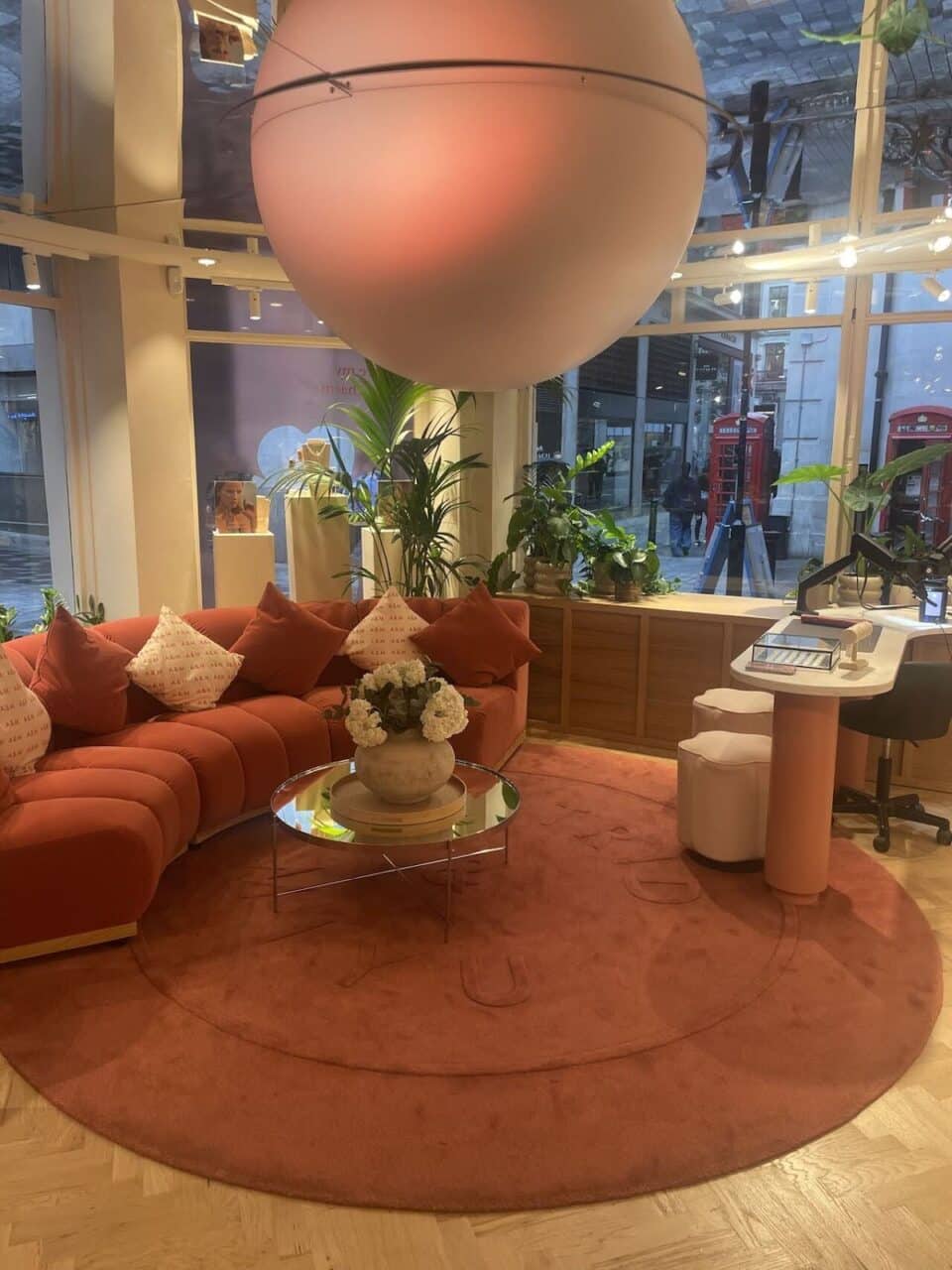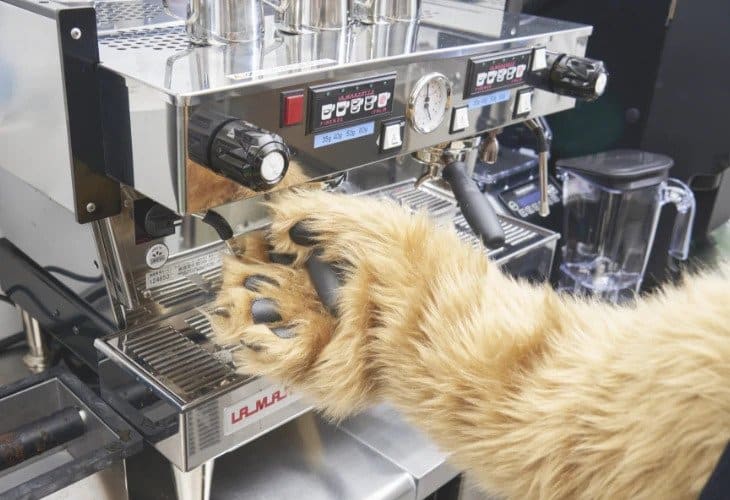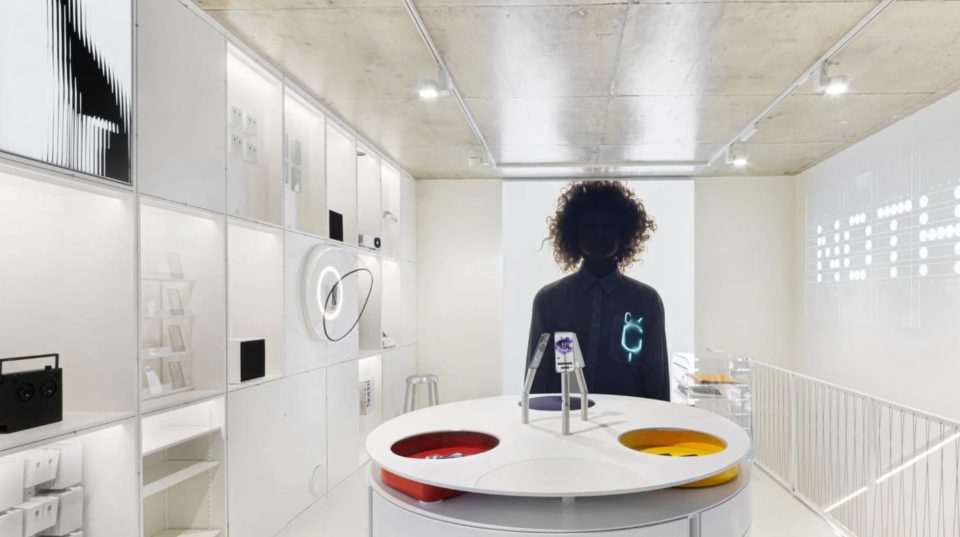Cimagine – Transforming online retail with Augmented Reality
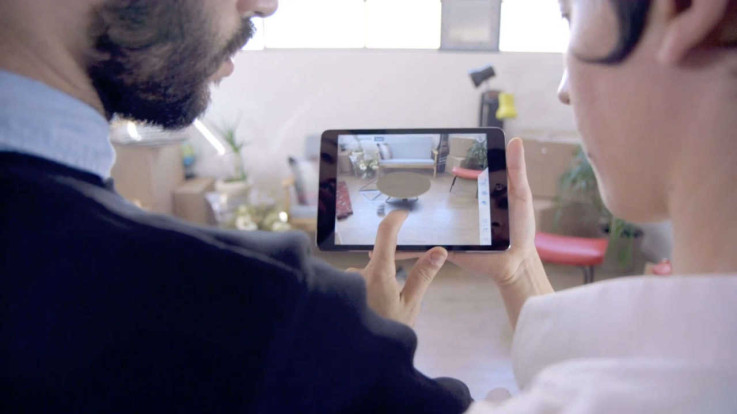
Cimagine is an advanced augmented reality platform aiming to shake up the customer shopping experience. We spoke to Leigh Davidson, Commercial Director, to find out more about AR fits into the future of retail and the benefits to retailers and customers.
In a couple of sentences, can you tell me what Cimagine does?
Cimagine is an advanced easy to use Augmented Reality (AR) platform, which is changing the way B2B and B2C sales are conducted. Using only a tablet or smartphone, Cimagine allows consumers and salespeople to place a product in the real world surroundings of their choosing.
We are a visualisation platform for retailers and brands. We are the leaders in providing opportunities to consumers and customers to augment products in context of whatever they want. Whether that is online, through an app, in-store or even as a sales tool. We believe that more and more people are going to demand to see before they buy.
How was Cimagine born ? What was the thinking/need behind the creation of an AR app for retail?
Cimagine was born out of a need in the furniture market, which operated and in many senses continues to operate based on inefficient business models and a lack of knowledge vis-à-vis technology. Two years ago, the amazing tech team of Cimagine identified and solved one of the biggest challenges of AR, which is the need for a marker on the floor to augment objects and for the furniture market that is a game changer as it can reduce returns and increase the buyer’s confidence.
During its first use cases, Cimagine was able to add value to big customers like ShopDirect, Littlewoods, and John Lewis. Since those days, Cimagine’s partnerships have deepened and continued to expand, as retailers are now seeing ROI of increased sales, lower return rates, and an overall personalized shopping experience. Cimagine even caught the eye of brand manufacturers like Coca Cola who have selected the solution for enterprise use in a business to business use case to ultimately sell more products.
Does Cimagine add to omnichannel retailing?
Absolutely. By definition, omnichannel is about seamlessly connecting all customer touch points including in-store, e-commerce, mobile, etc. Cimagine adds to the omnichannel experience by literally providing another dimension. For example, it can and has transformed basic e-commerce websites into multi-sensory augmented commerce experiences. This transformation allows the customer to see before they buy instantly and in the context of their own chosen environment, ultimately helping to provide a more tailored purchasing journey.
How does augmented reality affect the customer experience? What are the benefits?
Cimagine’s Augmented Commerce solution can provide visual proof at home, meaning that people can see products during the purchase decision, in the context of their own environment. They no longer have to worry if a particular color works well, or if a product is too big and can buy with confidence.
The solution can also add social and collaborative benefits, in the sense that shoppers can achieve social proof from the people close to them or ask the opinion of a wider audience by sharing the product dilemma on social media.
In store it also solves a major challenge for retailers, the challenge of literally being unable to stock every single product on the shop floor, a dilemma that can often result in customer disappointment and the loss of a sale when an item is out of stock. Thanks to Cimagine’s Endless Augmented Showroom, which allows shoppers to see all the retailer’s products in-store, shoppers are now able to count on all items being in stock, and are able to make more informed and confident purchasing decisions
How does the use of AR relate back to the brand? What does the brand get out of it and how?
The fact that brands are keeping up with technology trends is important and can create a persona of an innovative brand. AR offers an important avenue for brands to better connect with savvy, tech-obsessed shoppers, an increasing segment of today’s consumer reality. AR also adds a point of difference for the brand with a first mover advantage as AR adoption grows.
Additionally, AR provides more visibility to the shopper, creating better trust and an enhanced shopping experience. If a brand is able to provide the opportunity to its customers to fully experience its products in all their glory as opposed to an online primary picture, it can increase customer trust and satisfaction and thus expanding their lifecycle with the brand itself.
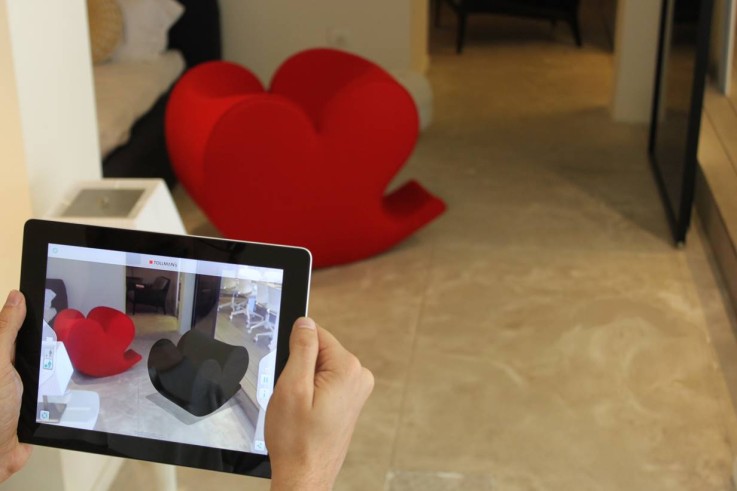
How do people react to AR for retail? Is there a positive feedback on trials?
After a lot of consumer testing, we can unequivocally say that people find it very intuitive and that Cimagine in particular garnered positive feedback on our User Experience. We use very intuitive icons, and simple user interfaces which do not necessarily need to be attributed in languages. This allows people to easily use our product and understand how it works regardless of language. The proof is in the pudding and we’re seeing real value delivered to our customers – when a Tier 1 customer shares that their sales have increased by 20% or if we influenced over half of the shoppers purchasing decisions in a positive way, it’s something that gives credibility to our product. Further testament to this track record is the fact we’ve moved from trials to full production as our clients have confidence in AR and in Cimagine.
Can you name some of the clients or prospective clients of Cimagine?
Currently, Cimagine is working with Coca Cola, who are using our Augmented Sales solution, John Lewis for Augmented Showrooms and Shop Direct who are using Augmented Commerce. This is just a limited selection as we are expanding globally with huge brands and retailers, rolling out global implementations and reaching further markets e.g. in Australia, April and Oak have selected Cimagine as their visualization platform.
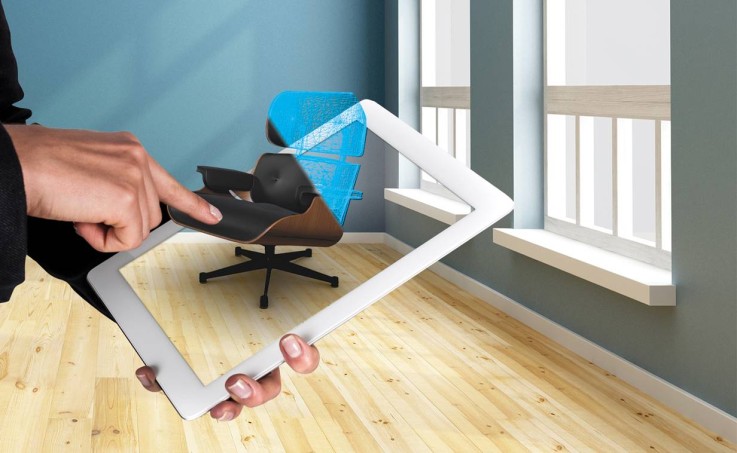
What differentiates Cimagine from its competitors in the market?
We own all of the technology behind Cimagine’s solutions in-house. This adds huge advantages in the market, such as the fact we were able to develop a true markerless solution that no-one else has today. As a result, a number of “competitors” are now forced to build apps based on STK which is a very different strategy entirely. That is a technology platform which they can build upon, and create a solution for retailers and brands. However, we have the advantage of not relying on a STK as development roadmaps quickly change and even the disappearance of once popular platforms is known to happen. Rather, Cimagine stays focused on what we do best, which is to lead and provide the best visualisation platform for retailers and brands, seamlessly.
What’s the future of Cimagine?
We believe AR will be a part of each and every purchasing decision as shoppers will demand to see all products in the purchasing process at anytime and anywhere. We want to continue to be a part of this shift by supporting brands and retailers with the best AR solution on the market.
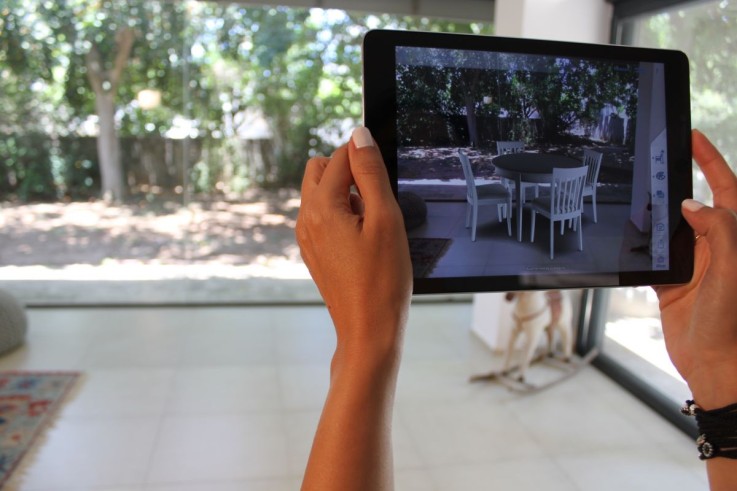
Is increasing sales for brands the main objective of Cimagine’s adaptation?
Sales increase is just a consequence and reward for getting things right for the customer. Our technology provides an intuitive experience that gives shoppers a better informed purchase decision, which in turn creates a point of difference and loyalty.
Does Cimagine change the behaviour of customers?
The data from our partners shows that Cimagine is already changing the behaviour of shoppers and becoming an indispensable part of their buying experience. Seeing is believing and AR is changing the game with something that really connects with people, visualisation…. ironically enough, the first words spoken across a telephone line in 1876 by Alexander Graham Bell to his assistant Thomas A. Watson were, “Mr. Watson, come here — I want to see you.”
Want to quickly and easily connect with the players kick-starting trends and inventing the future of retail? Take advantage of Insider Trends’ little black book. Find out more here
Images courtesy of Leigh Davidson

